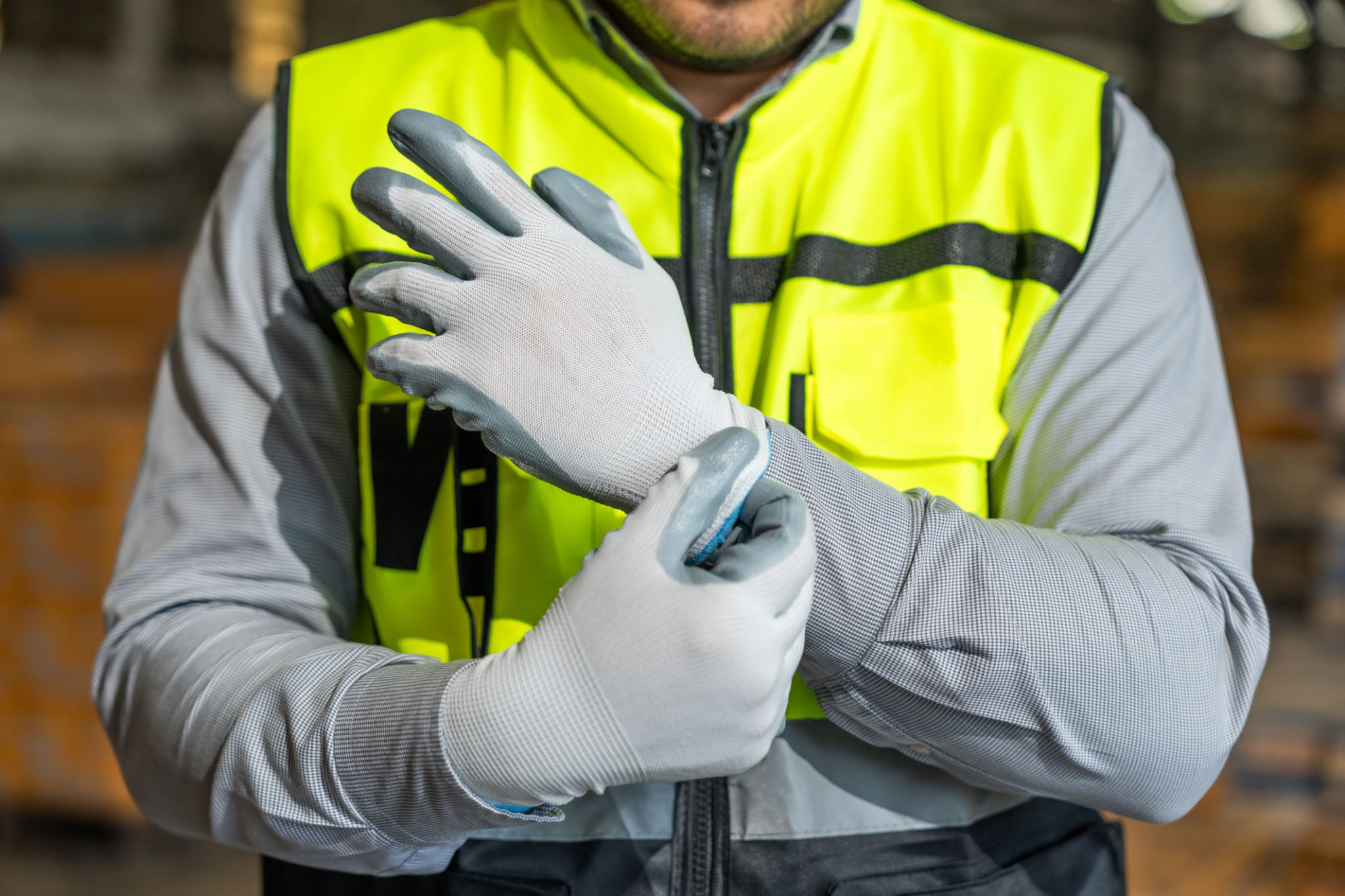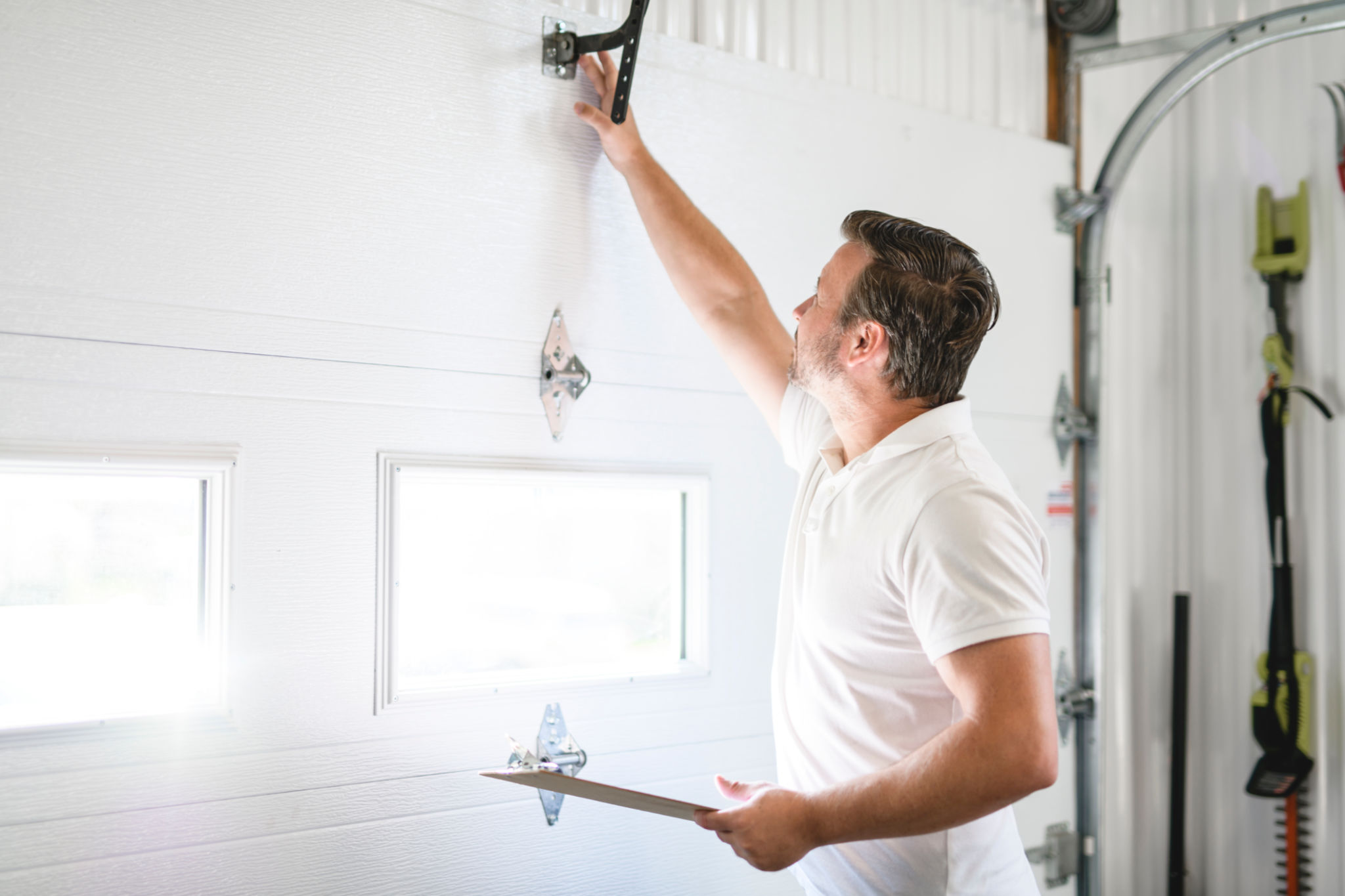DIY Guide: Simple Garage Door Repairs You Can Do at Home
Introduction to DIY Garage Door Repairs
Your garage door plays a crucial role in the security and accessibility of your home. Over time, wear and tear can lead to minor issues that, if left unaddressed, may escalate into costly repairs. Fortunately, many garage door problems can be fixed with some basic tools and a little bit of effort. This DIY guide will walk you through some simple garage door repairs you can do at home.

Tools You'll Need
Before you begin any repair work, it's important to gather the necessary tools. Having everything on hand will make the process smoother and more efficient. Here is a basic list of tools you might need:
- Screwdriver set
- Adjustable wrench
- Level
- Rubber mallet
- Lubricant spray
- Replacement parts (if needed)
Safety First
When working on your garage door, safety should be your top priority. Always disconnect the power to the garage door opener before starting any repairs. This will prevent accidental activation. Additionally, use protective eyewear and gloves to safeguard against any potential hazards.

Repairing a Noisy Garage Door
A noisy garage door is not only annoying but can also indicate an underlying issue. To address this problem, start by lubricating all the moving parts, such as the rollers, hinges, and tracks. Use a high-quality lubricant spray specifically designed for garage doors. Avoid using WD-40, as it is not suitable for this purpose.
If lubrication doesn't resolve the noise, inspect the rollers for wear and tear. Worn-out rollers can cause significant noise and may need replacement. You can purchase replacement rollers at most hardware stores and install them yourself with a few simple steps.

Aligning the Garage Door Sensors
Garage door sensors are essential for safety, preventing the door from closing on objects or people. If your garage door won't close and the lights on the sensors are blinking, they may be misaligned. To fix this issue:
- Locate the sensors on either side of the garage door frame.
- Check if they are aligned correctly and clean any dirt or debris obstructing them.
- Gently adjust the sensors until the indicator lights stop blinking and remain steady.
This simple adjustment should restore proper functionality to your garage door sensors.
Tightening Loose Hardware
Over time, the vibration from using your garage door can cause nuts and bolts to loosen. Regularly inspecting and tightening any loose hardware can prevent more severe issues down the line. Use a screwdriver or wrench to secure all brackets, hinges, and fasteners.

Testing the Garage Door Balance
An unbalanced garage door places extra strain on the opener and can lead to premature failure. To test the balance:
- Disconnect the opener by pulling the release handle.
- Manually lift the door about halfway up and let go.
- If the door moves up or down significantly, it is unbalanced and may require professional adjustment.
If you notice any significant balance issues, it's best to consult a professional to avoid injury or further damage.
Conclusion
Tackling these simple DIY repairs can extend the lifespan of your garage door and save you money on costly professional services. Remember to regularly inspect and maintain your garage door, addressing minor issues before they become major problems. By following these steps, you'll keep your garage door functioning smoothly and efficiently for years to come.
